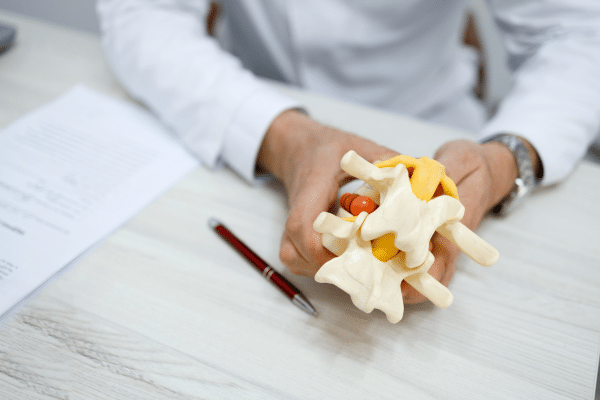
How Back Pain Impacts Your Body: A Comprehensive Guide
Back pain is one of the most common, yet complex, health complaints that millions of people face each year. It’s not just a localized ache,
Welcome to the Spine Team Texas Blog, your resource for expert advice, tips, and insights on spine health and wellness.


Back pain is one of the most common, yet complex, health complaints that millions of people face each year. It’s not just a localized ache,

While doctors and nurses are on the forefront treating patients, healthcare administrators work diligently behind the scenes. Healthcare administration is a pivotal role that encompasses

The field of medicine offers a plethora of exciting career options, each with its own set of challenges and rewards. Spine surgery, especially focusing on

When you’re faced with the possibility of spine surgery, it can be easy to feel overwhelmed and anxious about the potential risks and recovery process.

We often talk about the benefits of work-life balance here at Spine Team Texas. It is true that many of our employees are able to

If you’re experiencing back pain, especially in your lower or lumbar spine, you may have heard the terms “herniated” or “bulging” disc thrown around. But

Spine Team Texas has a high patient satisfaction score because we employ some of the most caring, patient-driven professionals in the country. Some of our

6 Steps for Starting Your Journey Starting a physical activity journey can be daunting, but it doesn’t have to be. Whether you’re looking to lose

Whether you’re scheduled for surgery, or are still seeking out a provider, it’s always the right time to think about how you can best set
